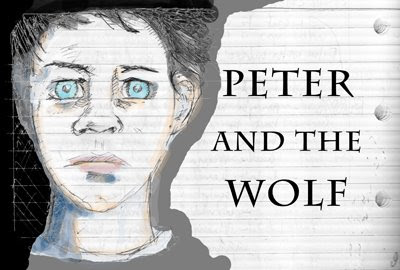So... I had a bit of fun with one bean as I was checking the character rig. Did I ever mention that it is fun being an animation teacher? I hope that the animators' relationships with their first ever built character rigs haven't soured due to the metaphorical blood spilt during modelling classes? You didn't create Frankenstein's monster. Love your beans, please. Give them life... boohahahahahaHAHA!
Garn, I urge you to get your beans out for a few short animation exercises... See Mitch's handy chart!
I wanted to test if a student's character rig blendshapes worked on a spacing exercise animation. They work just fine.

